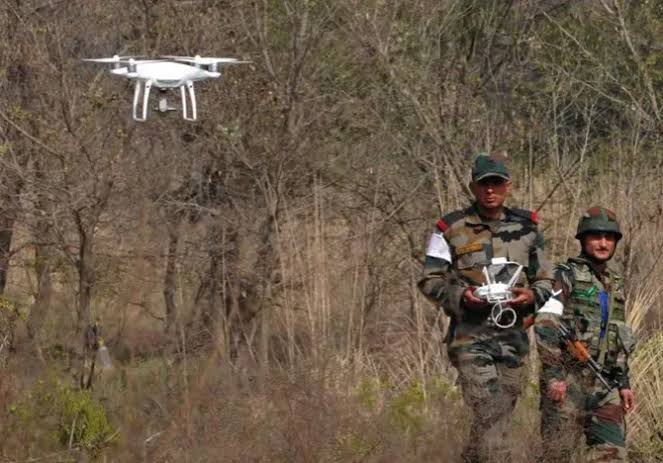 Image Source: Observer Research Foundation
Image Source: Observer Research Foundation
High altitude platforms like solar-powered drones, balloons, and airships can give safe and flexible coverage at lower cost than satellites, Cellular Operators Association of India (COAI) Director General S P Kochhar added. Kochhar added that nations like the US, Japan, and the UK, and entities like Airbus and SoftBank are seriously investing in High Altitude Platform Station (HAPS) technologies.
Kochhar stressed that HAPS platforms fly at altitudes between 20-50 km-far lower than geostationary or low-earth orbit satellites-leading to much lower latency. This makes them especially ideal for real-time communications and military use. He further pointed out that HAPS can be quickly deployed, relocated, or recovered, offering tactical mobility that satellites cannot achieve after launch. That ability is perfect for disaster recovery and emergency networks, particularly in the event of floods or earthquakes.
From a security standpoint, Kochhar noted that HAPS are less exposed to space-based threats like anti-satellite weapons, orbital debris, or jamming attacks on high-orbit infrastructure. HAPS also enable persistent monitoring of sensitive border areas or maritime areas without breaking international treaties or using costly satellite constellations. Kochhar also noted that satellite signals can spill over national borders and be potential security threats.
He called upon the Indian government to develop a substantive regulatory policy for HAPS operations, such as allocation of spectrum and airspace, and invest in research and development through indigenous institutions like DRDO and ISRO and private space start-ups.
Source: Business Standard
Advertisement
Advertisement




